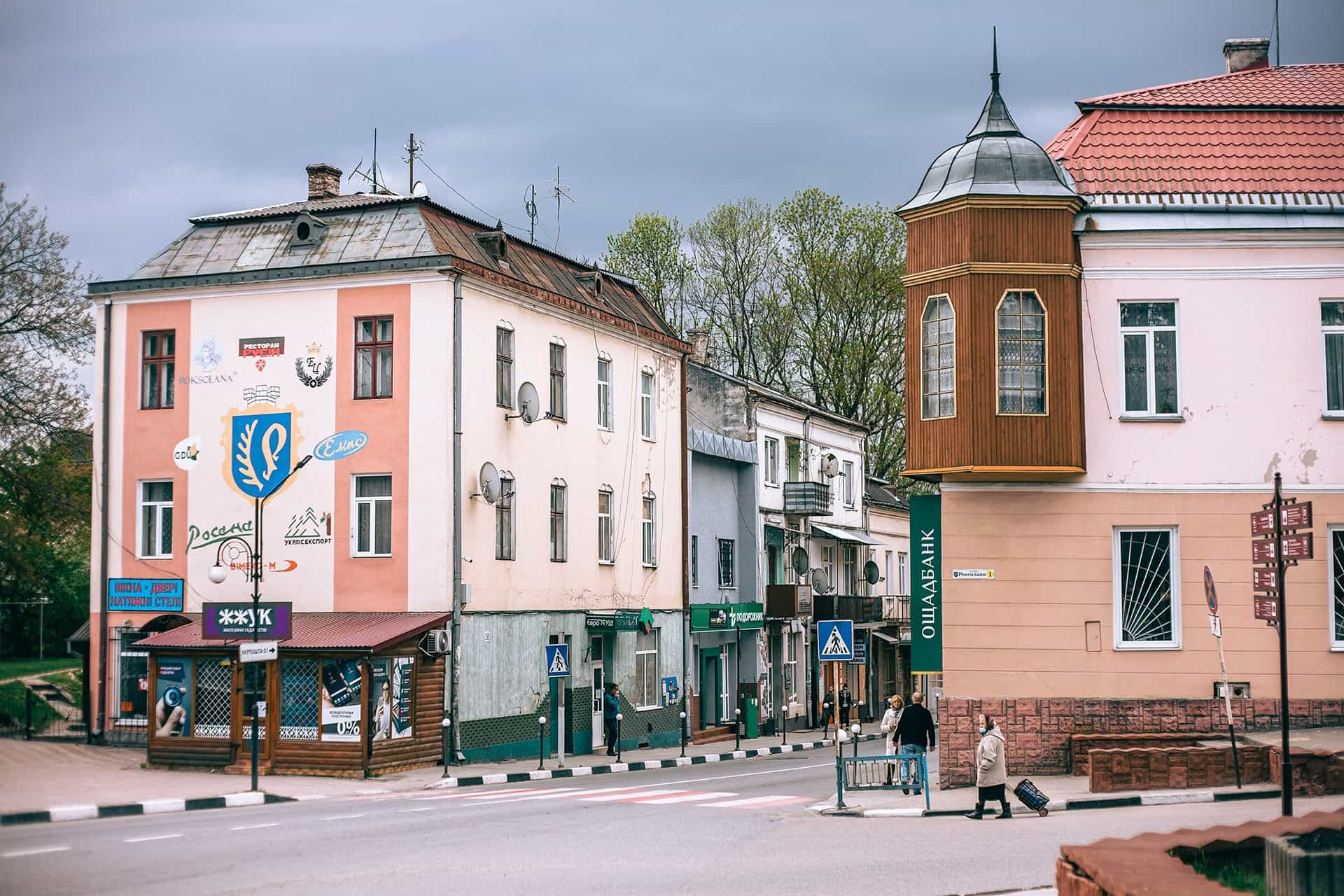Rohatyn at a Glance
Where is Rohatyn located?
Rohatyn is a city in Ivano-Frankivsk Oblast, Ukraine, situated on the western bank of the Hnyla Lypa River. It is a 62-minute drive from Ternopil and a 69-minute drive from Lviv, the country’s Cultural Capital.
What is the origin of the name Rohatyn?
The name of the city’s founder or founders remains a mystery. According to popular myth, the most famous Prince of Halych, Yaroslav Osmomysl, once brought his young bride hunting, and a castle was constructed at the site where the lady and a deer first met, and the city grew up around it. According to an alternate legend, the city of Rohatyn got its name because Prince Roha once settled here and erected a fence around it, thus the name Roha-tyn. The u0022tynu0022 is related to u0022stacketu0022 which is an enclosure for land. The name Rohatyn is also known as Rogatyn, and the u0022rogu0022 means u0022hornu0022.
When was Rohatyn first mentioned in writing?
Rohatyn was first mentioned in writing in 1184, when it was a part of the Galicia–Volhynia Kingdom ruled by Prince Yaroslav Osmomysl. In 1366, Rohatyn was first mentioned as a fortress, and for the requirements of the newly established Latin Church, u0022Roman Catholic Archdiocese of Halyč,u0022 Prince Vladislaus II of Opole donated the estate of Rohatyn together with the castles of Olesko and Tustan and their volosts, the administrative subdivisions. In 1390, Pope Boniface IX sent a bull to the Bishop of Przemysl, where Rohatyn was first listed as a city. Rohatyn was given Magdeburg Rights in 1415 and was relocated from the village of Filipovychi by Galician boyar Volchko Presluzhych, and fast growth was initiated.
Rohatyn, more specifically known as Rohatyn Opillia, is a city in Ivano-Frankivsk Oblast, Ukraine, situated on the western bank of the Hnyla Lypa River. It is a 62-minute drive from Ternopil and a 69-minute drive from Lviv, the country’s Cultural Capital.
The Origin of the Name Rohatyn

The name of the city’s founder or founders remains a mystery. According to popular myth, the most famous Prince of Halych, Yaroslav Osmomysl (c. 1135 – 1187) once brought his young bride hunting. While wandering aimlessly, the wife saw a huge, fiery-colored deer and gave chase. Deer vanished, and the lady located the prince and his guards. A castle was constructed at the site where the lady and the deer first met, and the city grew up around it.
According to an alternate legend, the city of Rohatyn got its name because Prince Roha once settled here and erected a fence around it, thus the name Roha-tyn. The “tyn” is related to “stacket” which is an enclosure for land. The name Rohatyn is also known as Rogatyn, and the “rog” means “horn”.
History of Rohatyn
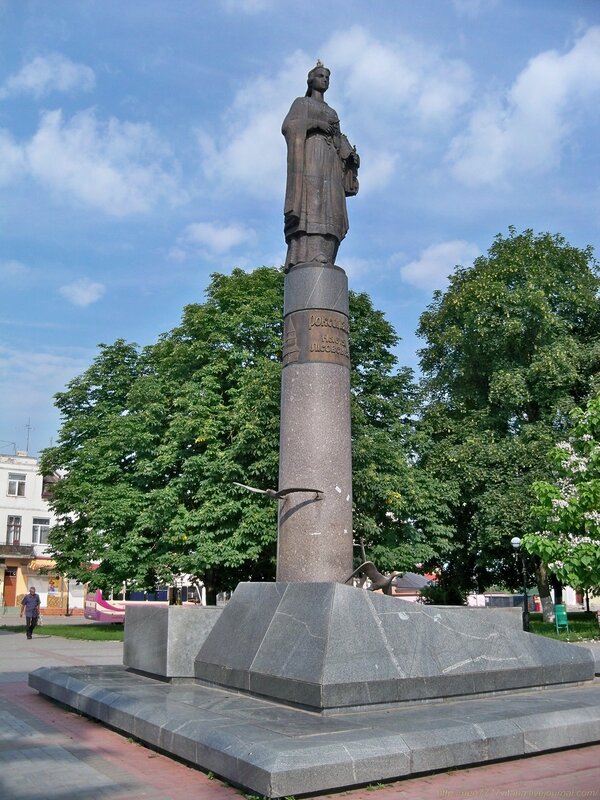
Objects from the Paleolithic and Bronze Ages have been discovered in the area now known as Rohatyn, which was formed on the site of a colony of Slavic tribes. Rohatyn was a component of Kyivan Rus’ in the 10th century. In communities outside the city that date back to the 10th to 13th century, archaeologists have discovered the remnants of walls and residential structures, as well as a church’s foundation.
Rohatyn was first mentioned in writing in 1184, when it was a part of the Galicia–Volhynia Kingdom ruled by Prince Yaroslav Osmomysl. Rohatyn was ruled by Ukrainian boyars (the upper ruling class of Kyivan Rus’) in the 12th and 13th centuries.
Galicia fell to Polish King Casimir III in 1340. In 1366, Rohatyn was first mentioned as a fortress. For the requirements of the newly established Latin Church, “Roman Catholic Archdiocese of Halyč“, Prince Vladislaus II of Opole, viceroy of King Louis of Hungary, donated the estate of Rohatyn together with the castles of Olesko and Tustan and their volosts, the administrative subdivisions.
In 1390, Pope Boniface IX sent a bull (public decree) to the Bishop of Przemysl, where Rohatyn was first listed as a city. During this period, Rohatyn was a member of the Galician starosta and sent delegates to the Galician Sejm as well as the Sudova Vyshnia Sejm (“sejm” means lower house in the legislature of Poland).
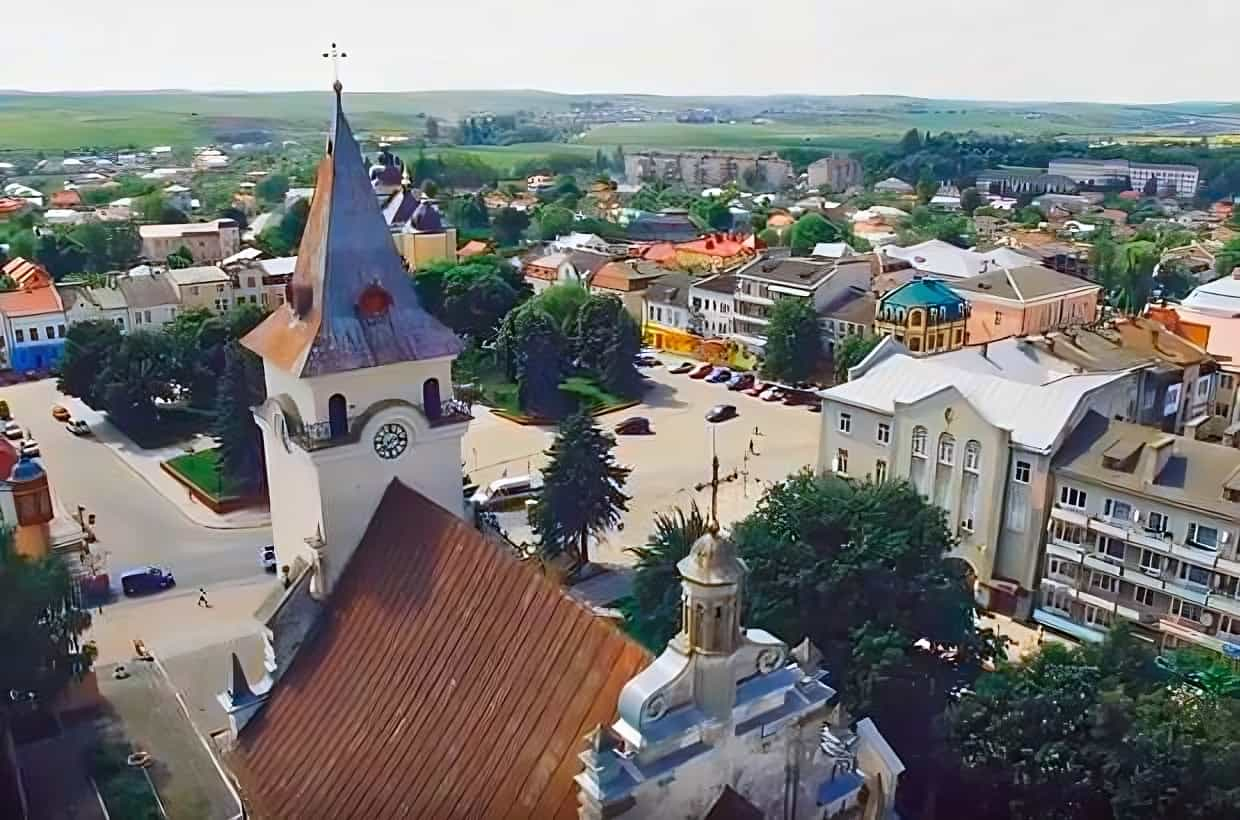
When Rohatyn was Given Magdeburg Rights
Rohatyn was relocated from the village of Filipovychi by Galician boyar Volchko Presluzhych in 1415, and fast growth was initiated once the city was given Magdeburg Rights. Rohatyn was one of the royal properties that were turned over to the care of the starostas (the headmen of a province).
According to Jan Dlugosz, the lord of Rohatyn named Bohdan Rohatynskyi, backed Prince Svydryhailo in 1431, prompting the monarch to seize his lands and redistribute the wealth to the loyalists. Thus, Rohatyn was given to the Polish nobleman Mikolaj Parawa of Lubin.
Mikolaj Parawa (who became the Galician starosta in 1443) was given 200 hryvnias by King Casimir IV Jagiellon in 1433 as a deed for Rohatyn and nine villages in the Galician province. In 1444, Mikolaj Parawa of Lublin took over as ruler of Rohatyn.
Rohatyn was given to the Parayts family of Chodecz (Khodetsky) by King Casimir IV Jagiellon in 1460. Rohatyn had the most direct commercial ties to Zhydachiv city at the time. The ability to organize yearly fairs in Rohatyn was established by Casimir IV in 1461.
The Mukha Rebellion
A revolt of Galician peasants, headed by the Ukrainian rebel Petro Mukha (“The Mukha Rebellion”), took place in the years 1490 and 1492. Royal soldiers crushed the main rebel army near the city in the summer of 1490, and the survivors, commanded by Mukha, fled to Pokuttia in the Kolomyia and Sniatyn regions, before eventually hiding out in the woods of Northern Bukovina. At the end of the 15th century, the Ottoman Empire and the Crimean Khanate launched enormous raids against Galicia and Podillia.
In 1509, the town was captured and burned by the forces of Moldavian ruler Bogdan III the One-Eyed as a revenge for unsuccessful sieges of fortresses in Kamianets-Podilskyi and Halych, one of the commanders of the defense of which was the lord of Rohatyn, Stanislaw Chodecki.
Otto Chodecki, voivode of Sandomierz, petitioned the king for permission to organize a weekly fair in Rohatyn between Easter and the Baptism of St. John (June 24) in 1523. The city once again reverted to the king after Otto’s death. Ivan Boratynskyi served as its starosta.
Rohatyn as a Galician Hub

Rohatyn became an important Galician hub for commerce and craftsmanship when Polish King Sigismund I the Old reaffirmed the city’s privileges in 1535. The city’s first coat of arms had a deer antler and the Latin letter “R” which was first designed in 1415.
Jews settled in Rohatyn, Galicia about the 16th century, after making the journey from Silesia, Poland, and Hungary.
Rohatyn’s wooden fortress dates back to 1567. There were 115 homeowners, 18 renters, and 36 people who lived beyond the city walls in 1572.
In 1589, the sons of Kuzma, Yurii, and Ivan Rohatynets, received permission to establish a brotherhood in Rohatyn at the Church of the Nativity of the Blessed Virgin Mary. This brotherhood was modeled after the Lviv Dormition Brotherhood, which granted them a charter, provided funding for the establishment of a school, and dispatched clerks-teachers from Lviv.
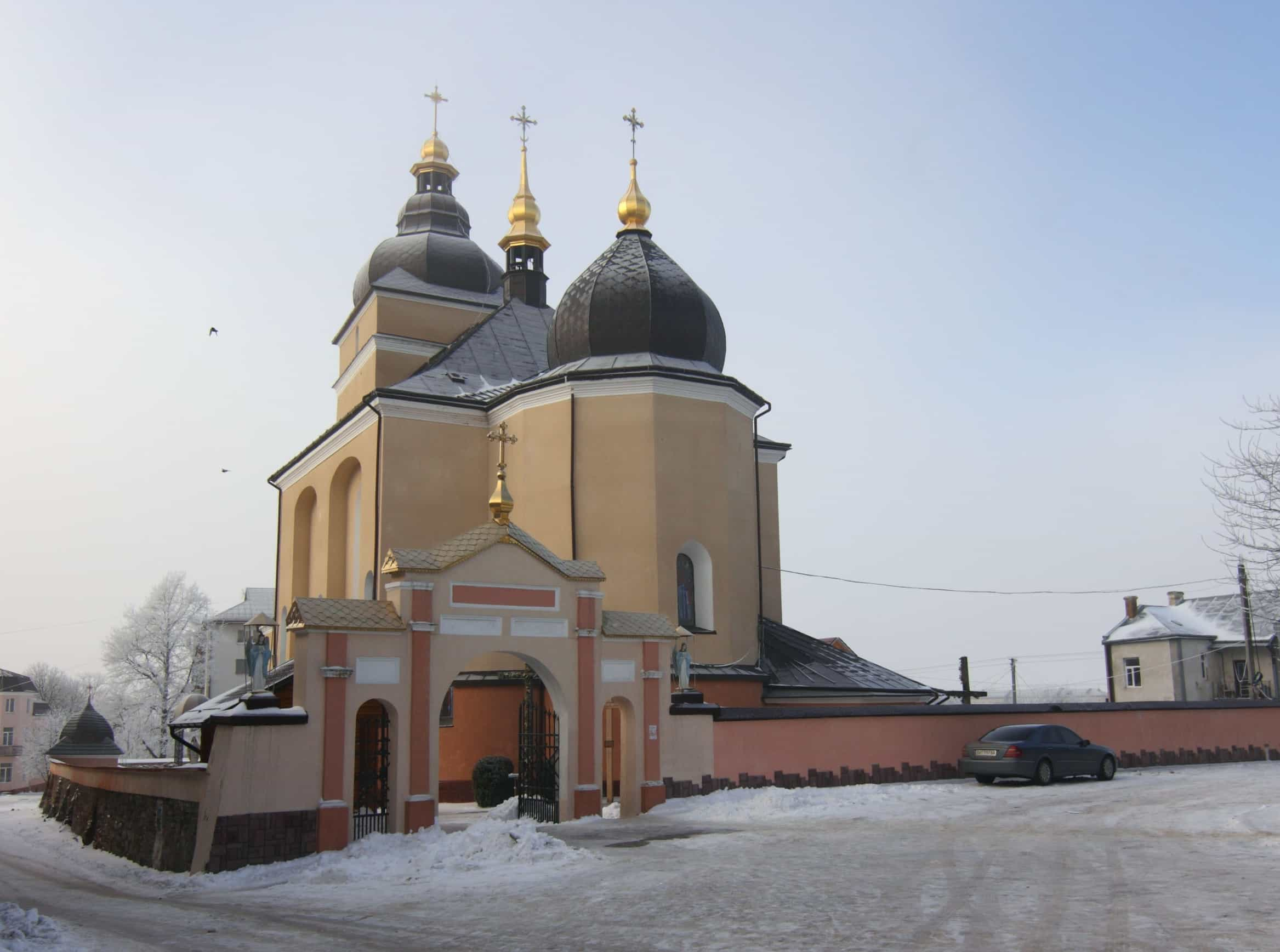
In 1615, the Cossacks fought against Hetman Stanislaw Zolkiewski’s army at Rohatyn.
Invading the city with 200 troops on February 4, 1630, Mayor Janusz Wengryn ravaged the poor people for three days while demanding free labor with “boots, threats, and beatings.” To the court, the whole community of the city took its grievances over this “raid” in the year 1635. Bohdan Khmelnytsky’s forces sacked the city twice, in 1648 and 1653.
Zygmunt Karol Przerembski was appointed starost of the city in 1670, and he worked closely with Adam Mikolaj Sieniawski, marshal of the Sejm in Sudova Vyshnia, to expand and improve the city. There were 539 people living in Rohatyn in 1765.
Princess Sofia Lubomirski of the Austro-Hungarian Empire annexed Rohatyn as part of the Zolochiv district in 1772, after the division of the Polish-Lithuanian Commonwealth (“Partitions of Poland”). The Berezhany district was where Rohatyn found itself after 1798. There were 1,282 Jews living in Rohatyn in 1810, and by 1857, the Jewish population had grown to around 3,000 out of a total of 5,101.
Rohatyn as an Administrative Center
Rohatyn was established in 1849 as the starosta (administrative center) of the Rohatyn district under the Galician governorate.
Rohatyn was chosen as the route for the railroad that connected Khodoriv and Ternopil in 1897. Rohatyn’s first water supply system and concrete reservoirs date all the way back to 1878. The city normal school was constructed with funds from the community in 1882.
Rohatyn according to the Russian edition of the Brockhaus and Efron Encyclopedic Dictionary:
Rohatyn is a city in the Austrian province of Galicia, on the river Hnily Lypa, which flows into the Dniester. An ancient castle of the Lubomirski princes. Inhabitants (1890): 5616, mostly Jews. Hop growing, cloth production, trade; gypsum extraction near the town. “
Military physicians in the area of Rohatyn in 1904 recognized the high quality of the Cherkasy waters during military exercises, but the local government did not approve of industrializing them. There were 7,664 people living there in 1910, and 3.254 of them were Jews.

Many historical buildings in the city have been carefully maintained. St. Nicholas Church, originally established in 1666, has also been rebuilt many times due to natural disasters and careless humans. After the square was rebuilt, a monument honoring the Polish poet Adam Mickiewicz was placed close to the church on the north side. Two stunning churches, St. Nicholas (1729) and St. George (1876), may be seen on the outskirts of the old Babintsi and Horishni Babintsi town.
Numerous memorials commemorating the ethnicities who have lived in Rohatyn (including Poles, Austrians, Germans, and Jews) and contributed to its complicated and sometimes contentious history have been built there. Cemeteries, mass graves, and monuments in Rohatyn that made it through the Soviet period are mostly undamaged.
The mass graves of Sich Riflemen (a memorial built in 1929) and a monument to the fallen Polish soldiers in the Ukrainian-Polish War of 1919-1920 (built in 1998) are all located in the same cemetery, as are memorials to UPA soldiers and World War II casualties. The Jewish cemetery and the monument to the 500 Jews shot during World War II are additional important places to visit. The cemetery of Austrian troops from World War I is located near the Sviatohirsk Lavra Church.
During World War I, many Jews from Rohatyn fled to evacuation camps in Austria, Bohemia, and Moravia. The Russian army burned down the Jewish quarter in August 1914, deporting 570 Jews to Russia in the process. The Austrians took back the city in June 1915.
Time of the West Ukrainian People’s Republic
After the proclamation of the West Ukrainian People’s Republic (ZUNR) in 1918–19, Jews started moving back to Rohatyn and reestablishing their communities. Rohatyn Jews were apolitical under the ZUNR. Ukrainian authorities worked with Jewish militias and the “Jewish National Committee for Protection from War Hardships.”
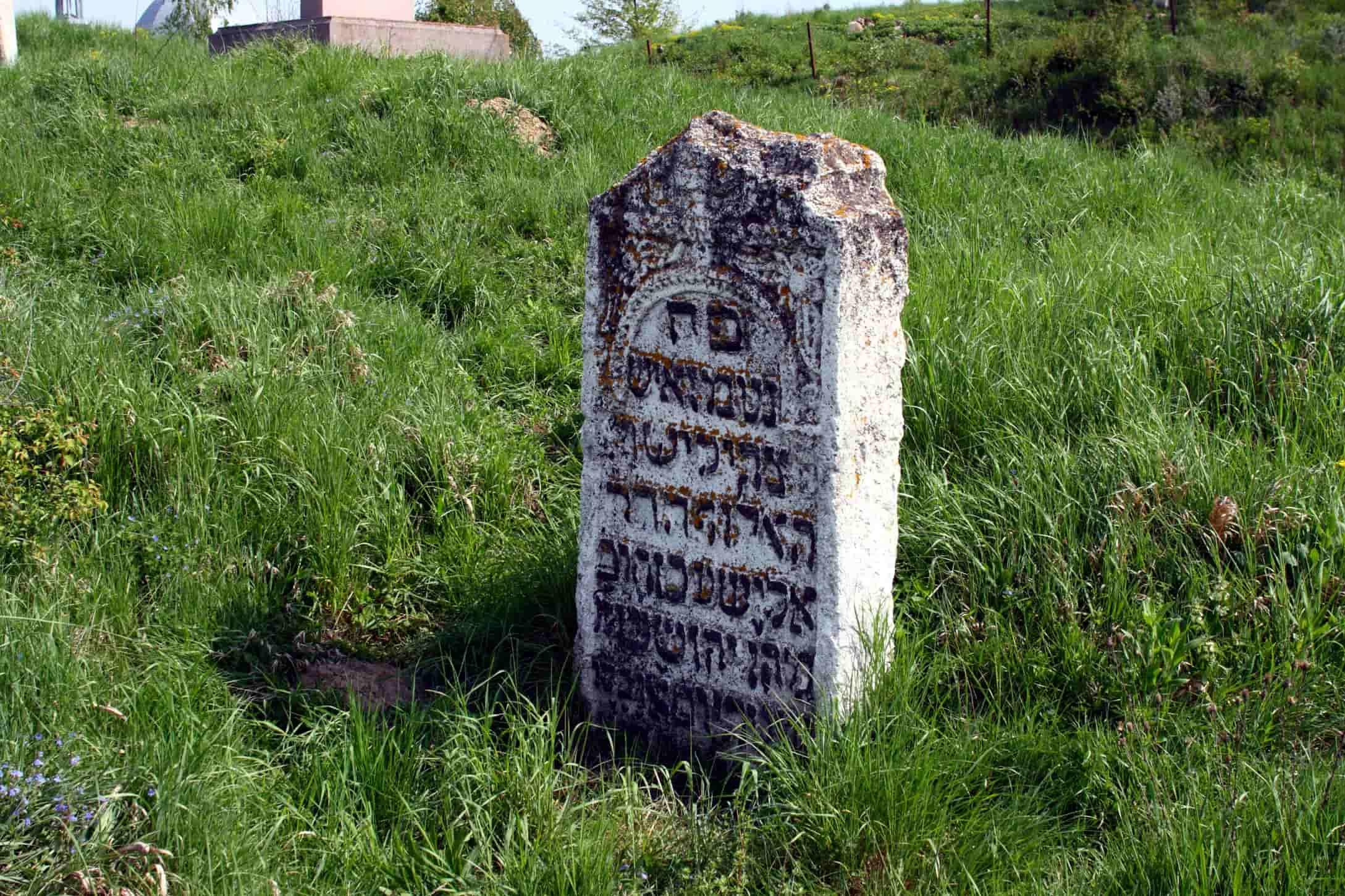
Rohatyn joined the Polish Republic in June 1919. In 1921, just 5,736 people called the city home. There was a tiny seminary in Rohatyn from 1931 to 1939, and the Ukrainian private gymnasium “Ridna Shkola (School)” was open from 1909 until 1939. Rohatynets was a Rohatyn-based bimonthly newspaper produced between 1923 and 1924.
On July 1, 1934, the village of Zaluzhzhia gave Rohatyn ownership of some of its structures and 244.6242 hectares of land. In 1939, there were 3,000 Ukrainians, 1,750 Poles, 100 Latins, and 3,250 Jews living in Rohatyn, which resulted in a population of 8100 people. As a direct consequence of the Molotov–Ribbentrop Pact, Soviet soldiers invaded Rohatyn in September 1939.
The Germans invaded and seized Rohatyn in June 1941. A total of roughly 6,000 Jews from Rohatyn and the surrounding villages and Lviv oblast were killed. On December 13, 1943, the Nazis publicly killed 24 Ukrainian nationalists beside the wall of the Church of the Nativity of the Blessed Virgin Mary. They also detained the leaders and organizers of Ukrainian nationalism. The town fell under the jurisdiction of the Berezhany district.
Rohatyn was reincorporated into the Soviet Union in 1944. The city was home to a sizable OUN-B (the radical and younger members of the Organization of Ukrainian Nationalists) network that fought against communist rule and the forced relocation of its citizens to Siberia.
Rohatyn Joins Independent Ukraine
The city has been part of Ukraine since it gained independence in 1991. By passing Resolution 184-VIII on February 11, 2015, the Verkhovna Rada of Ukraine (the governmental body) commemorated the 600th anniversary of Rohatyn on a national level.
Cultural and Architectural Landmarks of Rohatyn
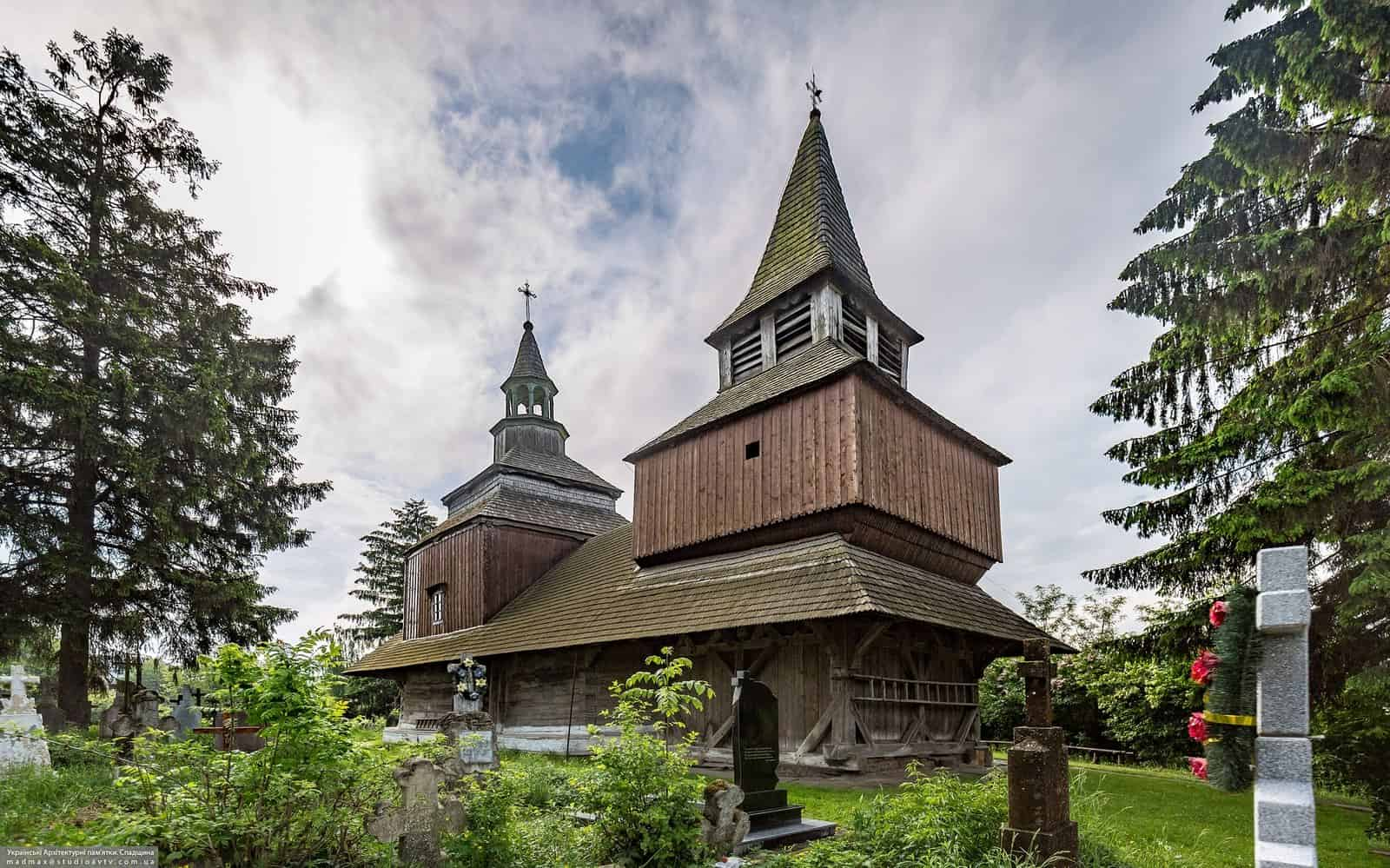
Preserved
- The 12th–18th century stone church dedicated to the Nativity of the Blessed Virgin Mary is currently known as the UGCC (Ukrainian Greek Catholic Church).
- Holy Spirit Church (1644–1645), a wooden structure. In 1650, the Rohatyn Brotherhood paid to have an iconostasis made for the church. A wonderful gem of Ukrainian art from the 1700s.
- The Ukrainian artist Bohdan Holoyad’s works are housed at the Gothic-Renaissance St. Nicholas Church (1666).
- Traditional 18th-century architecture for houses.
- Since 1909, the Rohatyn Gymnasium has carried the name of Volodymyr the Great.
Dedicated to the Transfiguration of the Lord, the Rohatyn Convent
In a Rohatyn neighborhood on the way to Pidhorodne, a nunnery dedicated to the Transfiguration of the Lord was active in the 17th and 18th centuries. It wasn’t until 1616 that it was first mentioned in print. In that year, the Rohatyn’s lord’s property was one of many properties given over to the nuns by Father Anthony (Hrekovych), abbot of the Vydubychi Monastery. Even before the official gift deed was made, the nuns had been using this family property.
The founder of the monastery was Hrekovych’s sister Maria (Hrekovna), as stated in the gift document. This was approved by the church at the time. A new wooden church dedicated to the Transfiguration of the Lord was constructed in 1733 thanks to the efforts of the locals and Yevpraksiia (Zlokhovska), abbess of the Rohatyn monastery. The monastery was shut down in 1768, and its property was given to the local church. The church was relocated from the city of Berezhany to the settlement of Drishchiv (now Nadrichne).
Lost
- Rohatyn castle.
- Zhurivsky castle.
Museums
- The Rohatyn Opillya Museum of Local History
- Rohatyn Local History Museum


